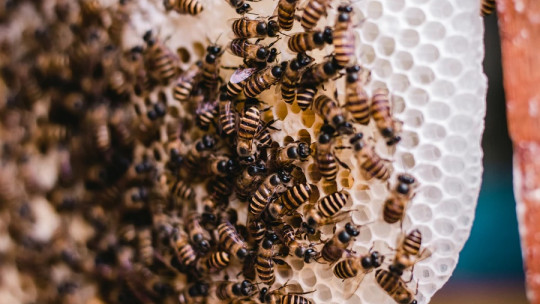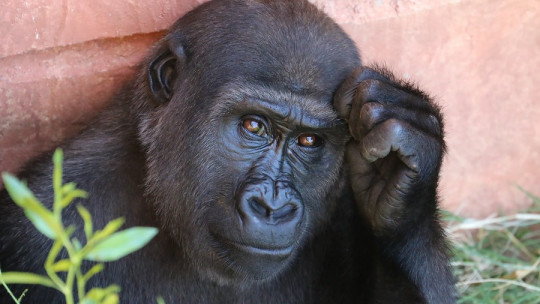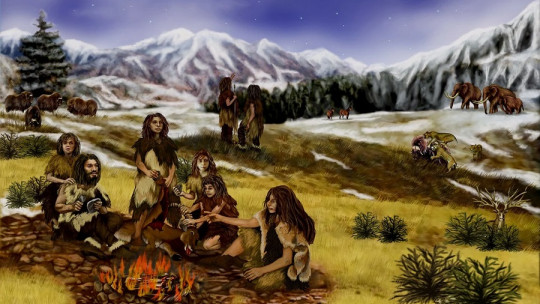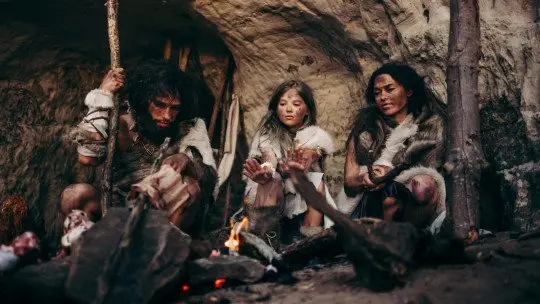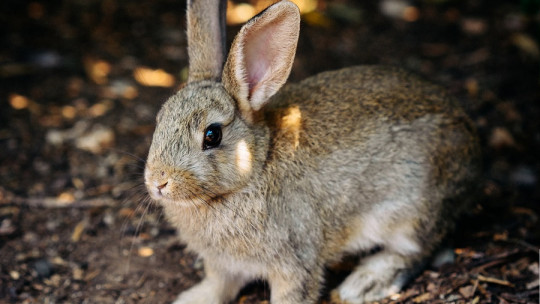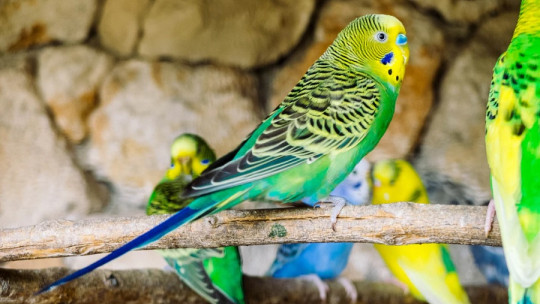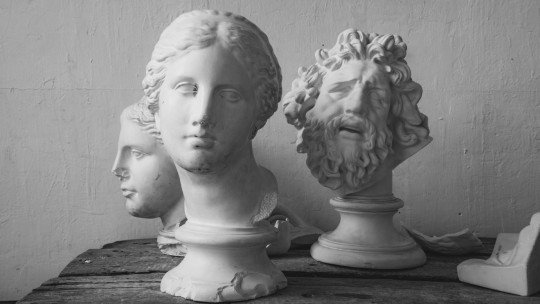The human being is characterized by an anthropocentric vision of life, that is, one that considers our species as the center of all things and the absolute end of creation. Being the Homo sapiens the measure and axis of the totality of existence, it is common to think that there are no social organizations more complex than ours, where countries, laws, superior figures and interpersonal relationships dominate our daily life and identity.
If that is your conception, you are wrong: living beings specialize in nature according to environmental pressures, and sometimes sacrificing individual identity is necessary for the species to persist. As much as it may be difficult for us to understand, in the animal world the life of the individual is not important, as long as the individual’s genetic line is perpetuated over time.
Thus, there are much more intricate levels of socialization than those presented by humans, where the reproduction and functionality of some specimens is sacrificed for the common good. We are talking about eusociality and in the following lines we tell you everything you need to know about it.
What is eusociality?
Eusociality is defined as the highest level of social organization that occurs in certain animals especially in invertebrates of the order Hymenoptera, which includes insects such as ants and bees. The basis of this hierarchy is the division of labor: this allows specialized specimens to be created both at a morphological and ethological level for a specific purpose, encompassed in a term called “caste”.
The types of social life in animals can be categorized in various terms which we are not going to cover due to the complexity they report, but they all have 3 pillars in common:
The non-reproductive castes are those in charge of caring for the larvae and maintaining the nest, while the only function of the reproductive individuals is usually that: giving rise to offspring throughout their life cycle.
According to other authors, there would be a fourth idea that characterizes eusociality: the point of no return. Simply, this concept tries to convey that the specimens that are part of this biological system are “fixed” in a specific caste, generally before reaching mature reproductive age. So that, a worker cannot become a queen and therefore needs to live in that social system so that their genetic information is perpetuated in some way, even if it is by taking care of the offspring that another “superior” specimen has left in their care.
The evolution of eusociality in animals
For a long time, the theory of kin selection has explained many of the mechanisms of eusociality present in living beings. This strategy is based on the fact that certain animals promote the reproductive success of a relative with their behaviors, even when this may cost them their own success and survival. In the natural world, this may sound counterintuitive, right?
To understand this reality, we have to understand the term inclusive fitness Unlike classical biological fitness, inclusive fitness recognizes that genetic information not only has to be passed between generations through direct descent, but another option is for it to be transmitted through blood relatives other than one’s own children.
That is, the biological fitness of the animal is not based solely on its reproduction, since after all its relatives share a high proportion of genes with it. Phenomena as complex as altruism in the animal kingdom are based on these bases.
Thus, the presence of these genes that “code” biological altruism (or that an animal refuses to have offspring to care for others) will increase in frequency when the following equation is met:
RXB > C
Where R is the genetic relationship between the recipient and the donor, B is the additional reproductive benefit received by the recipient from the “altruistic” act, and C is the reproductive cost suffered by the donor.
This simple equation, in itself, could explain the behavior of worker bees and ants , who give their lives to save that of the queen. If a soldier ant protects with her life two or three sisters who may become queens, she is maintaining her genetic lineage much more than if it lasted on its own over time. After all, the kinship rate is very high between both castes and the soldier ant could not reproduce either.
This general rule tells us that Cooperativity (and therefore eusociality, its extreme expression) is favored by natural selection when the degree of relatedness between individuals (R) is greater than the cost/benefit ratio (C/B) For example, eusociality could theoretically be promoted if the benefit of keeping a brother or sister alive doubles the biological cost of the altruist, that is, a value of R=½.
Examples of eusociality in the animal kingdom
As we have said, the order of hymenoptera insects is the maximum exponent of eusociality, since it includes bees, wasps and ants, where there is clearly a reproductive caste (the queens) and a worker caste (the workers). This clear division of labor has been observed, for example, in the species Polistes versicolor a clearly eusocial type of wasp.
In this colony, the matriarchs are in charge of laying eggs and building the honeycomb cells where the larvae will be raised, while the workers take care of daily tasks, such as feeding the offspring and searching for food outside. In this specific species, it has been observed that dominant queens perform only 18.6% of the tasks in the honeycomb, while workers occupy more than 80% of the total. Without a doubt, in these cases work is a matter of caste.
If we leave the world of invertebrates, eusociality becomes much less common, and it is striking to know that only two species of mammals are known to perform it, both from the family Bathyergidaehistorically known as naked mole rats In this case, the majority of specimens in a colony take care of the offspring produced by a single queen, which gives rise to the offspring. As you may have imagined, the kinship rates in this system are very high between individuals, otherwise it would not be sustained at a biological level.
The fall of classical eusocial theory
Although we have convinced you simply and simply that the theory of kin selection explains eusociality without problems, the current reality is very different. Various biologists argue today that the mathematical model presented is flawed, since it does not represent evolutionary dynamics nor does it take into account the mechanisms of genetic distribution.
Furthermore, the basis of fitness or inclusive aptitude fails in a very important premise: according to it, The biological fitness of an individual depends on additive components that are caused by individual actions This is not at all the case in a general panorama, since all competitive relations (both intra and inter specific) and many other factors would have to be factored into this equation. It is a set of theories that have been reductionist and, therefore, today are openly challenged.
Summary
Thus, the phenomenon of eusociality has remained orphan as far as explanation is concerned today. There are new theories that try to explain this type of fascinating hierarchies, for example taking into account such key factors as the cohesion and persistence of groups of the same species at an evolutionary level. So that, the alleles of the genes that encode eusociality will be transmitted in a more centralized way the less the population is dispersed throughout its history promoting eusocial systems.
We are faced with completely conjectural explanations because, once inclusive aptitude and kin selection for eusociality have been ruled out, there is still a lot to investigate and propose before finding another explanation that convinces the general scientific community.

